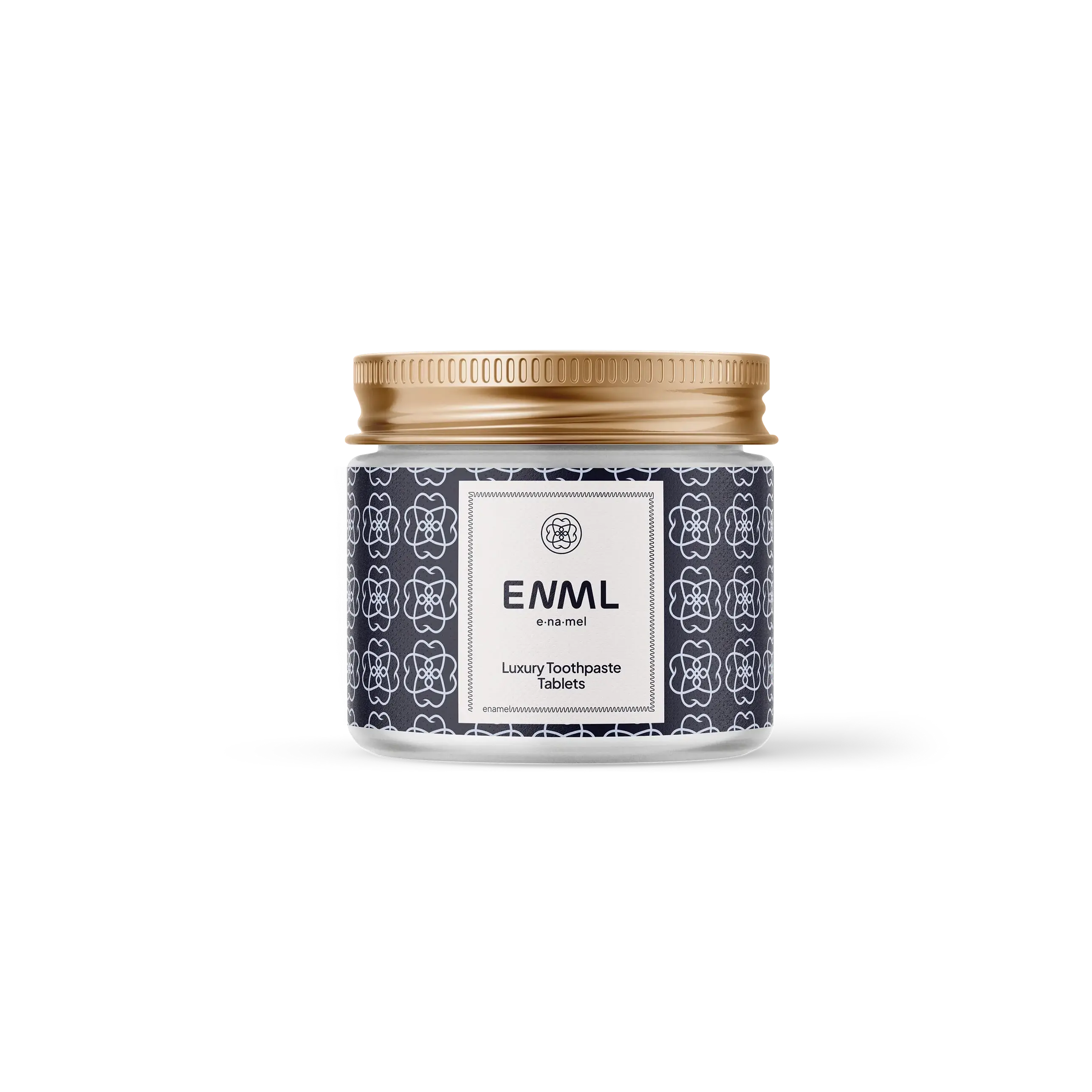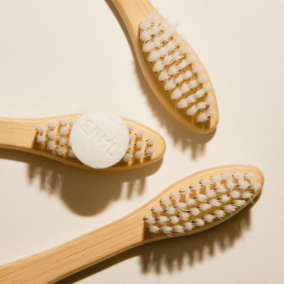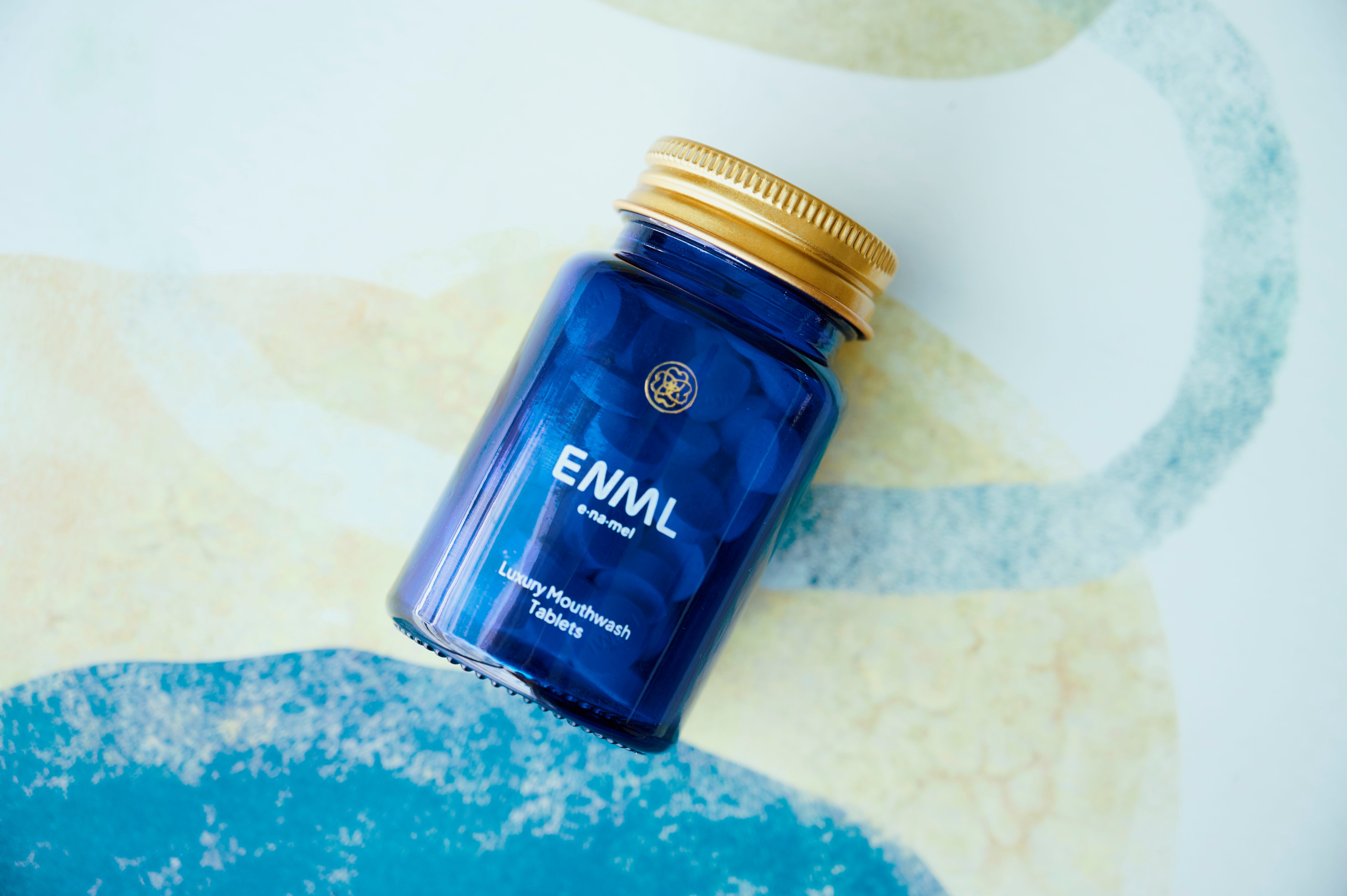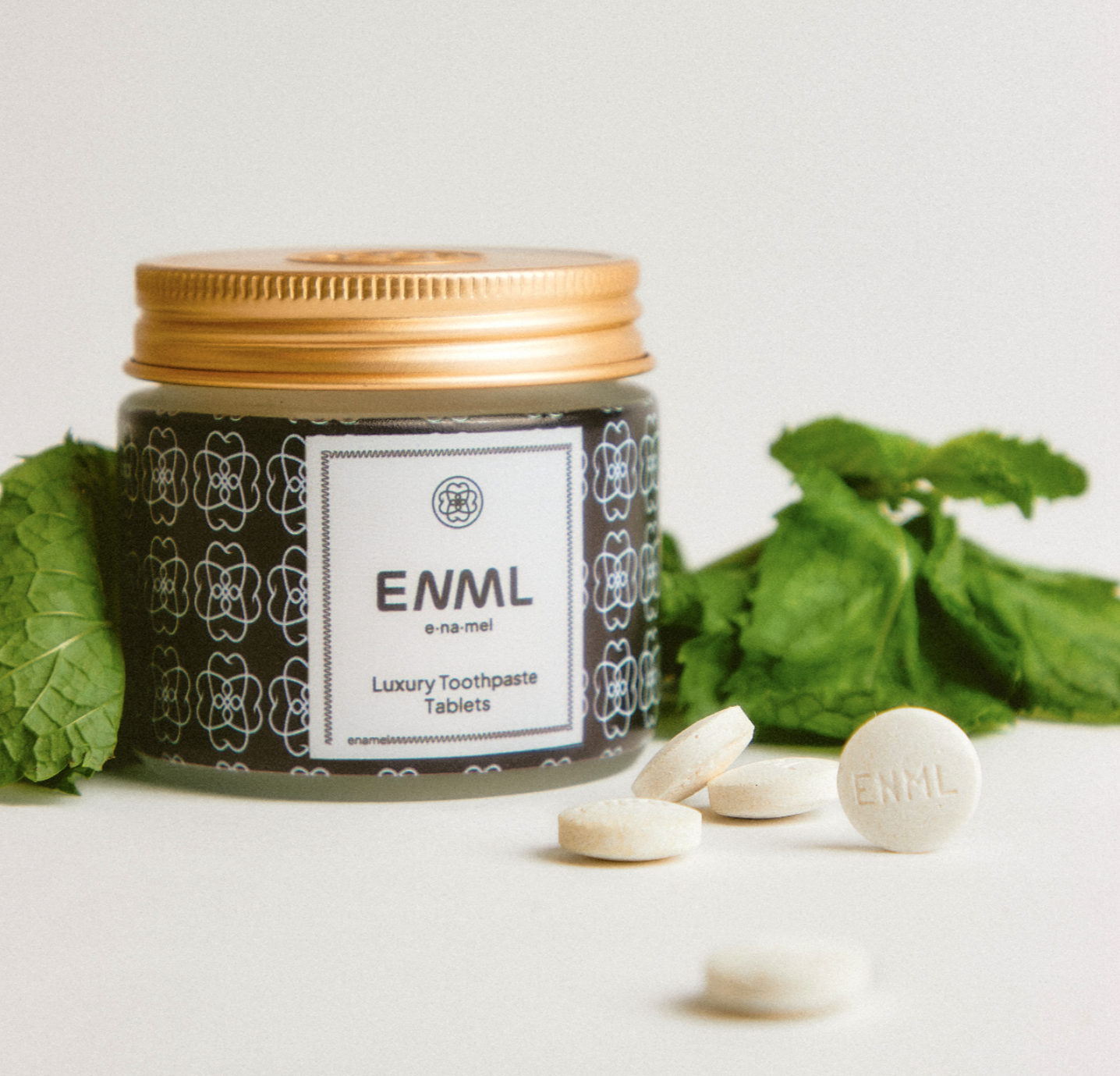Tooth sensitivity affects millions, making everyday activities like eating and drinking uncomfortable. But what if there was a way to not only reduce sensitivity but also rebuild and protect your enamel? Enter microhydroxyapatite—a groundbreaking ingredient that mimics your natural enamel and delivers long-lasting results. Learn how this mineral works and why it’s reshaping the future of oral care.
How does microhydroxyapatite help remineralize teeth and reduce sensitivity?
Dr. Jordan Harper explains the unique properties of microhydroxyapatite, a bioactive mineral that occludes dentin tubules, mimics enamel, and reduces tooth sensitivity.
💡Related Post: Why Microhydroxyapatite is Better for Sensitivity: The Truth About Anti-Sensitivity Toothpastes
Key Questions and Answers
-
What causes tooth sensitivity?
Tooth sensitivity arises from exposed dentin, a sensitive layer beneath the enamel. This layer contains tiny, fluid-filled tubes called tubules. When these are exposed, they allow sensations to reach the tooth’s nerves, causing pain or discomfort. -
How does microhydroxyapatite reduce sensitivity?
Microhydroxyapatite fills and occludes dentin tubules, blocking fluid movement and nerve stimulation. This process effectively reduces sensitivity and provides a protective barrier. -
How does microhydroxyapatite remineralize teeth?
It bonds with tooth surfaces to rebuild and strengthen enamel, mimicking natural enamel composition and protecting against future damage. -
Why is microhydroxyapatite preferred over traditional fluoride?
Unlike fluoride, which primarily prevents demineralization, microhydroxyapatite actively rebuilds tooth structure and is non-toxic, making it ideal for those with sensitive teeth. -
What makes microhydroxyapatite safe and effective?
This mineral is biocompatible and non-toxic, meaning it works naturally with your body to restore and protect your teeth without harsh chemicals. -
How long should microhydroxyapatite remain on teeth for optimal results?
Allowing microhydroxyapatite to remain on teeth longer after brushing, by spitting but not rinsing, maximizes its benefits and ensures effective remineralization.
Conclusion
Microhydroxyapatite represents a breakthrough in oral care, providing a safe, effective way to reduce sensitivity and remineralize enamel.
By filling dentin tubules and rebuilding tooth structure, this innovative ingredient addresses the root causes of sensitivity and protects your teeth for the long term. Ready to experience the benefits of microhydroxyapatite? Explore our ENML Toothpaste Tablets and other advanced oral care solutions at ENML.com.
Transcript
How does hydroxy apatite work to remineralize teeth and reduce sensitivity? Decrease in sensitivity, I'll touch on that point first. Um, it, it, it does that by, if you look at a cross section of a tooth, when you get inside, uh, past the enamel, there's something called dentin. Uh, dentin is the sensitive area of the tooth.
Um, and that's what people that typically complain about sensitivity, that's the area of the tooth that's really causing the problems, right? And lots of people in the world have sensitive teeth. And so, um, If you look at an electron microscope, um, there's millions of these little tubes. Um, and those tubes are fluid filled.
Um, and as that fluid moves, it stimulates the nerve inside the tooth and that generates the sensitivity. Well, the way microhydroxyapatite works is it will basically come in, um, rebond to those surfaces and occlude those tubes so that you're basically refilling those dental tubules with that hydroxyapatite simulating what would be the same effect of, of, of putting enamel back on top of the tooth, right?
Hence the name of our product. Um,






